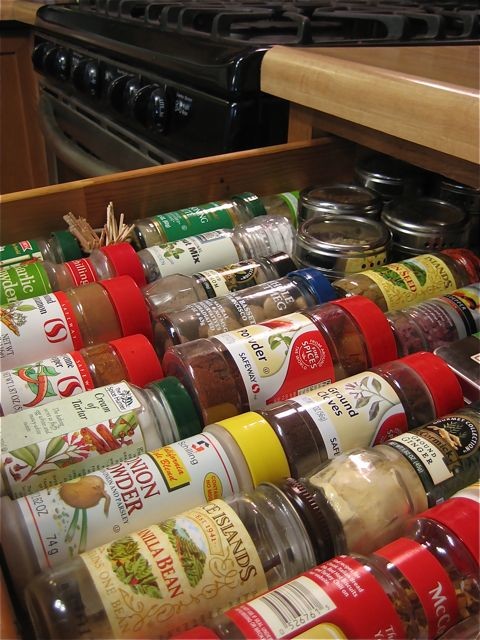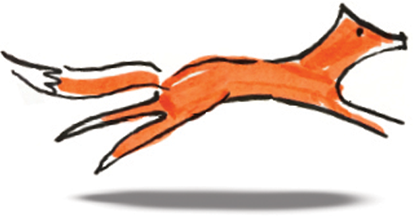A few years back we visited a chef friend in Colorado. Tom makes his own pasta, bread, and grows a garden of herbs and greens. What really impressed us, though, was the organization of his kitchen. He schooled us on the finer points of “Proximity in the Kitchen.” It goes like this:
Optimize efficiency in the kitchen:
- Sit in your kitchen for a few minutes making a list of the things you often prepare. (Mine is something like this: Coffee and toast in the a.m.; packing sandwiches for lunch; overall chop/prep for dinner; weekend baking.)
- Organize your kitchen into zones: The Breakfast Zone, the Baking Zone, The Prep Zone, etc.
- Pull everything out of the cabinets and place on the kitchen table (or floor) into groupings according to the Zones you have determined. Toaster and coffee machine; measuring cups, bowls, flower and sugars; knives and cutting boards, etc.
- Put everything back into the Zones. (Do not~yet~reshelve anything you haven’t used in a year or more. When you are done replacing all the things you use often, tuck the things you use less often in the harder-to-reach cabinets or give that stuff away!)
The Coffee Station

Group the grinder, coffee maker, cups, spoons, sugar bowl and creamer pitcher, coffee, tea, honey and anything else you use to make a delectable drink on a large tray and stash on a shelf or put on the counter for display. TIP: The tray makes clean up easy…just move the tray and wipe up a mess! (Mine coffee station is on a tray in a big cubby hole in a piece of furniture in the kitchen. It’s easy to access and looks good.)
The Baking Zone

Put all flour, sugars, baking soda/powders, chocolates, measuring cups, bowls and baking dishes into one cabinet above/below the largest work space. Since baking routinely takes the most space put everything you need within arm’s reach. (One friend of mine who is especially fond of baking converted an alcove near the kitchen into a baking station~go here to read her blog about it.)
“Sharps” Drawer, or “Sharps” Magnet

Tom has a wide selection of knives and has them off the counter and safely put away in a drawer near his chopping block. Now, I am short on counter space so I opted for a magnetic knife holder. (Those knife blocks are inefficient; they take up way too much room and don’t assist in the choosing of the proper knife.) A Sharps Drawer/Bar displays the blades for the perfect choice the first time.
Spice Drawer

Another must-have-for-efficiency is a spice drawer. Those carousels are messy and spices are hard to find. The top drawer directly adjacent the range is the place for spices. Line the drawer with non-skid mat to keep the little jars from scooting around. (Here’s one at Target.)
Handy Cooking Tray

On the counter next to the range-top put a pretty tray or plate with all the essentials: olive oil, salt, pepper, garlic, garlic press, and taster spoons. The tray or plate makes it easy to move and wipe up after making dinner.
Less steps = less time = greater efficiency = more fun in the kitchen!
Until Tomorrow~Sarah





































